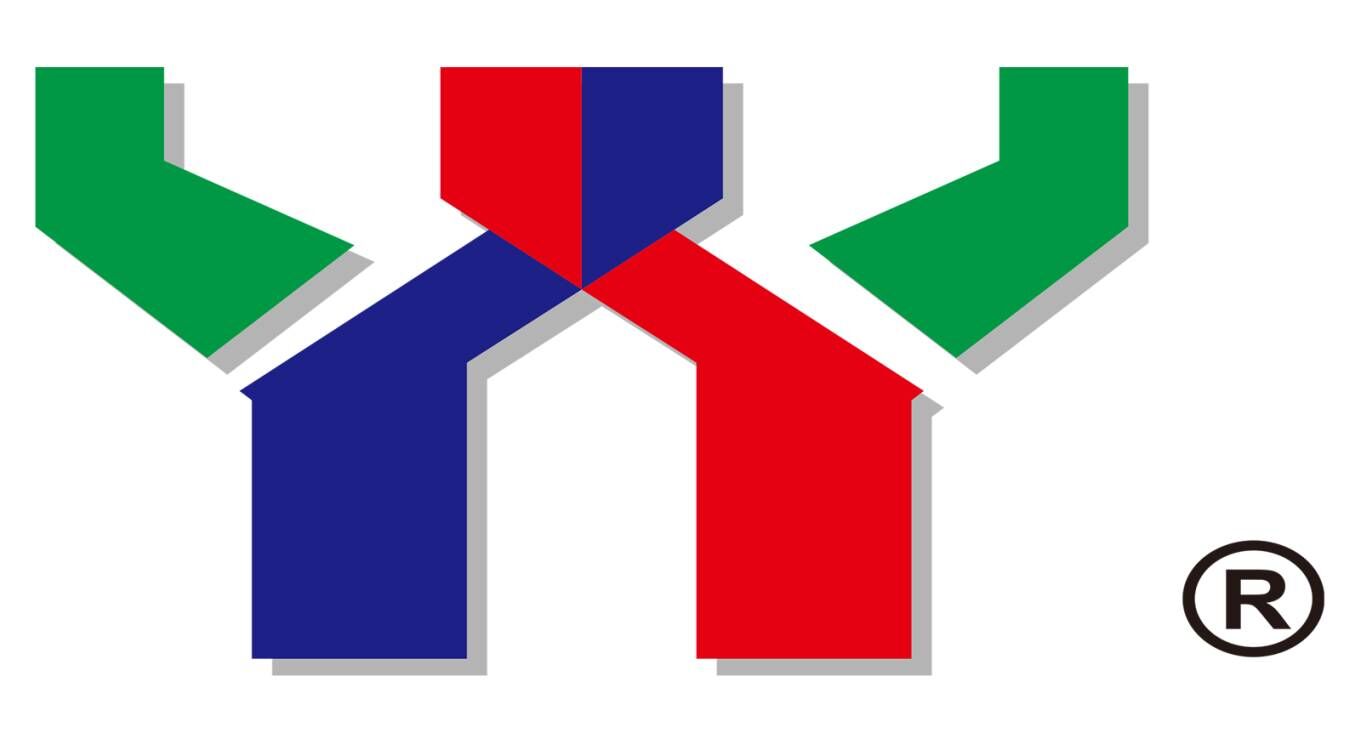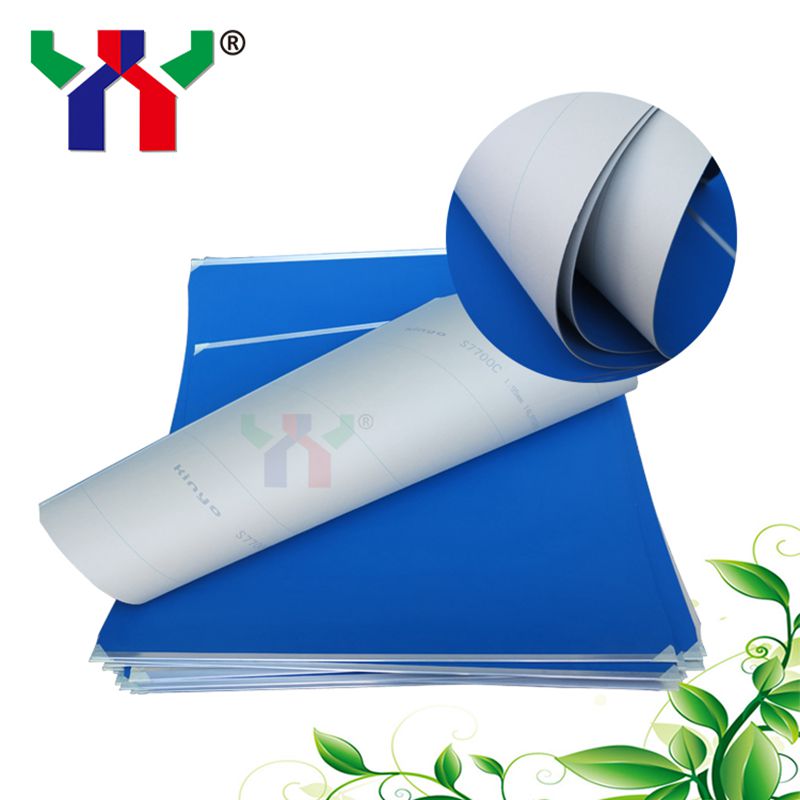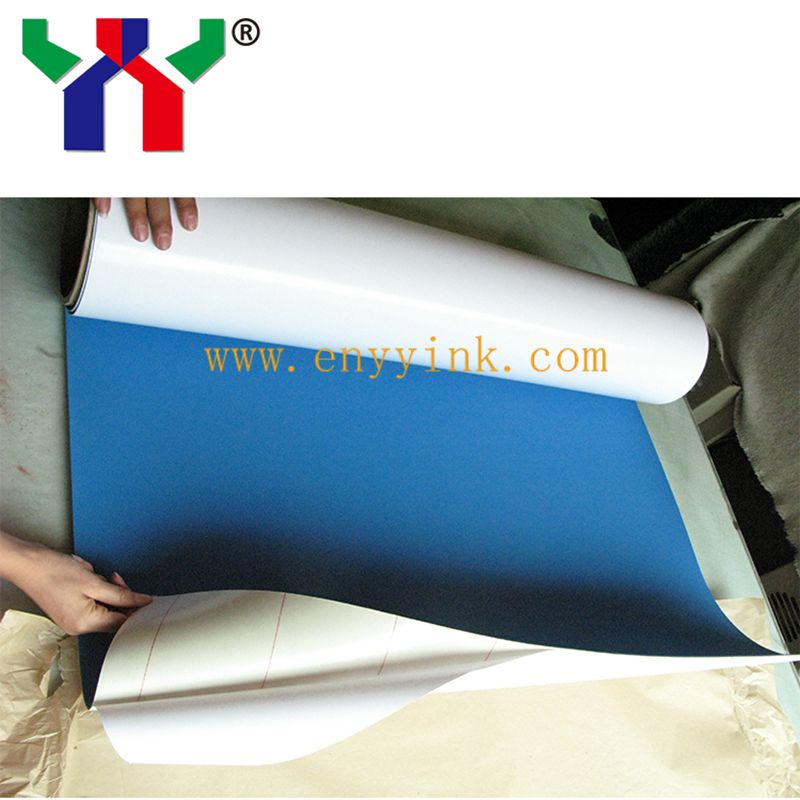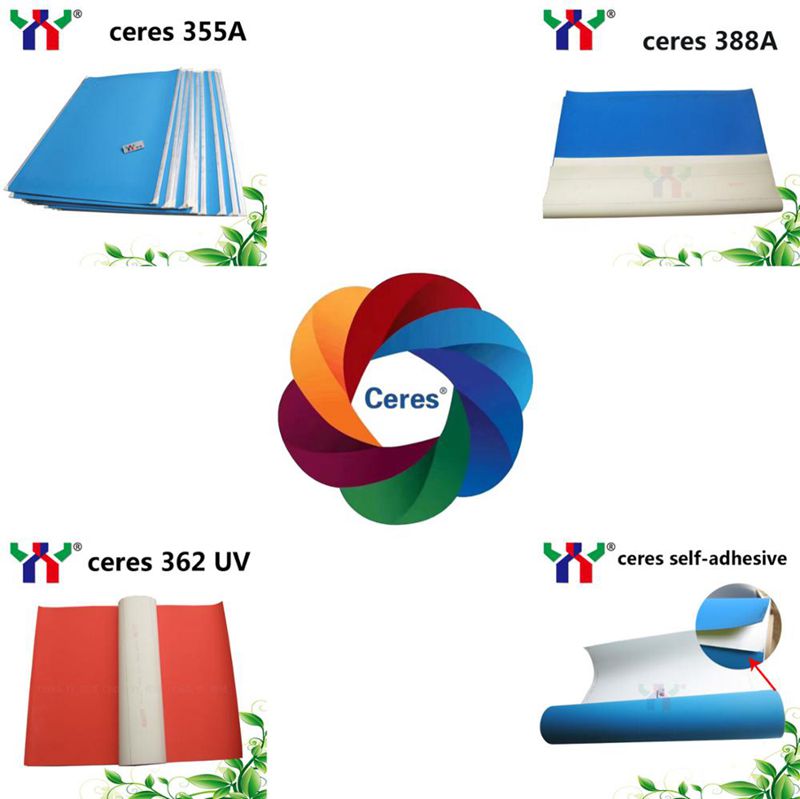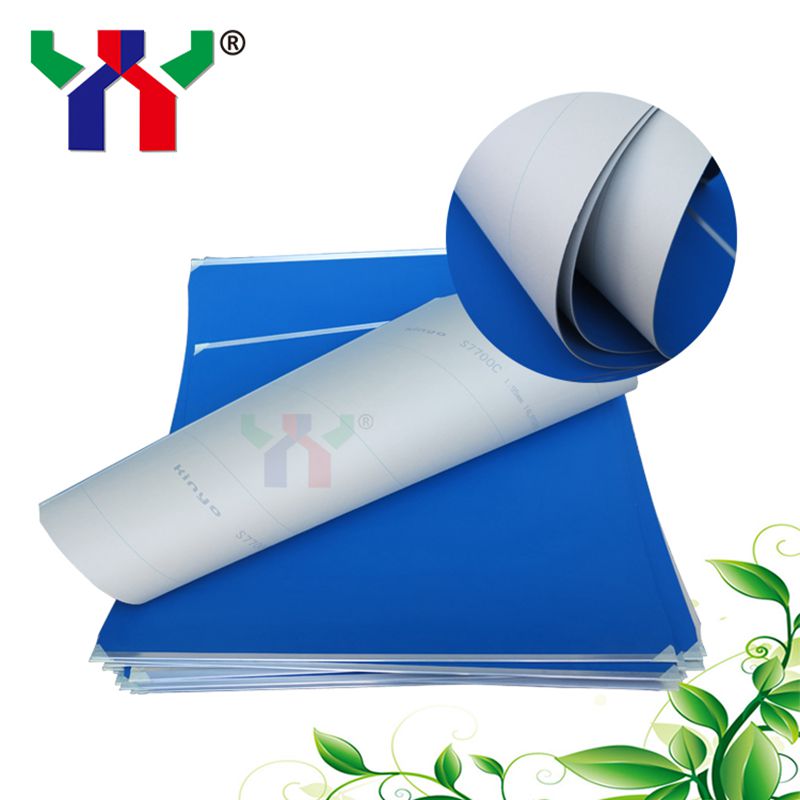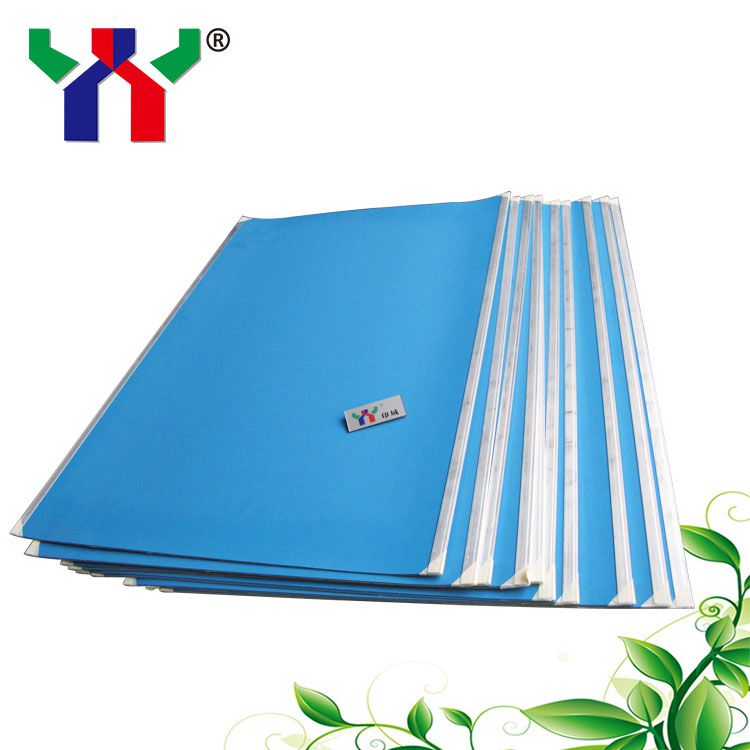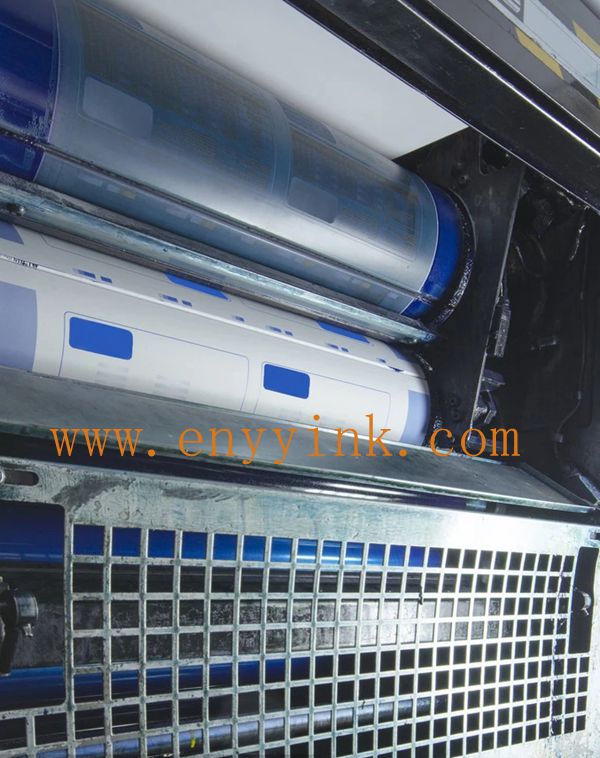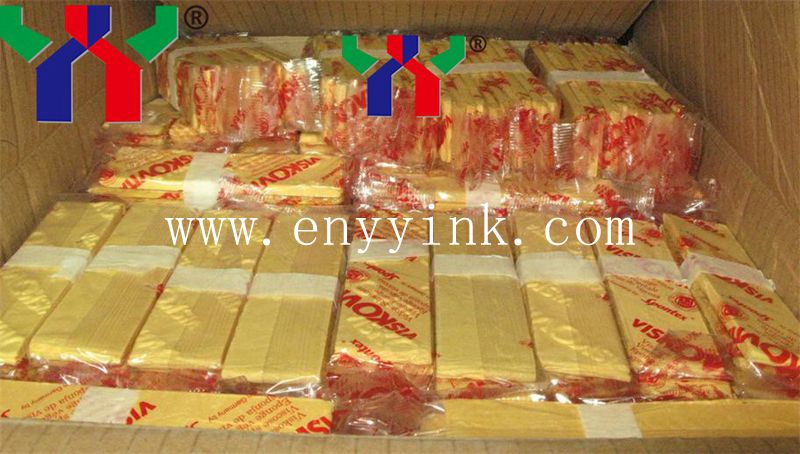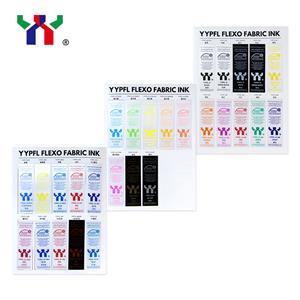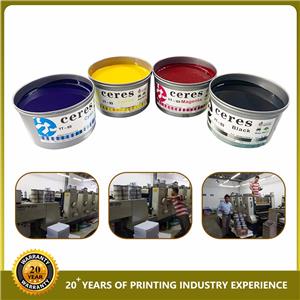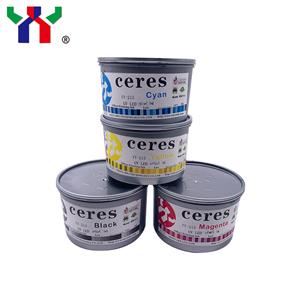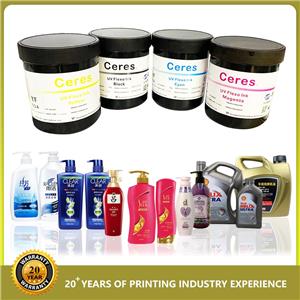printing rubber blanket
Make it easier for you to understand what is a printing blanket:
Blanket , that is, the covering of the transfer roller on the offset printing press; a component of the lining. The blanket is a composite product composed of a rubber coating and a substrate (such as fabric). In indirect lithography, it is used to transfer ink from the printing plate .
Basic Information:
Name: Blanket
Composition: rubber coating and substrate composition
Overview: The cover of the transfer roller on the offset press
Definition: The fabric layer of the printing blanket is different for each layer.
Summary: Blanket, which provides ink transfer during printing, has the characteristics of effective compression resistance, fast recovery, strong viscosity, and no sticky material. Its smooth surface and fabric layer enable ink transfer Regardless of whether the dots or the full plate are more stable, the blanket, the transfer unit, plays an important role in the printing process. Without the blanket, printing cannot be completed.
The printing blanket is made of multi-layer special fabrics and synthetic rubber compounds. During the manufacturing operation, the fabrics and rubber are combined with heat and chemical energy in a precisely controlled process. In addition, different compounds and structures give the blankets Different performance on the printing press.
There are many types of printing presses in the printing industry, but mainly Japanese (Komori, Mitsubishi, Sakurai, Fuji, Hamada) and European machines (Heidelberg, Roland, KBA), as well as mainland China, the United States, Eastern Europe and other countries Manufacturing printing press. As long as these printing presses are lithographic printing presses, they all rely on the blanket transfer to complete the printing process. The quality of the blanket also affects the quality of the printing. It can be seen that the blanket plays a very important role in the printing process.
Classification of blankets
Suitable for high-speed rotation. The elasticity of recovery is the best. The best resistance to expansion and contraction, and long life. The surface is finely ground, which can compensate for the poor quality paper and improve the printing quality.
Both the full version and the performance of the outlets are considered. The surface is a mixture layer, easy to clean, long-term use, the surface is not easy to leave marks.
Anti-UV resin component is added to the rubber cloth mixture, which can resist UV ultraviolet rays, and the rubber is not easy to powder. Fast recovery, no paper cut marks due to printing on large and small plates.
4. Partially polished blanket
Special laminating layer, used for local cutting purposes. At the junction of the cutting layer and the non-cutting layer, the hardness is resistant to cutting, the carrying capacity is uniform, and the glazing effect is improved. After cutting, tear off the edges without burrs, and glaze smoothly.
5. Special blanket for paper cups
No bottom canvas layer, moderate softness and hardness, make ink transfer more complete. When laminating double-sided tape, the adhesion is greatly improved and will not slip off, which can save expensive double-sided tape.
Next, the glue has the best viscosity to prevent damage to the tear angle. The rubber surface contains UV-resistant resin, which can extend the life when used for UV printing.
Advantages of air cushion blanket:
First. The linear speed of the printing plate and the rubber cylinder are better matched;
Second, the outlets have a high degree of restoration;
Three, reduce the deformation of the substrate;
Fourth, reduce the friction on the layout (plate-off).
Matters needing attention during the use of the blanket
1. Check the flatness of its surface. The way to check is to print the full page, but the printing pressure should be lower than the normal pressure. In this way, the unevenness of the surface can be exposed. If the pressure is too large and the solid ground is thick, it is difficult to see the difference.
2. If the unevenness of the surface is unacceptable, check the uniformity of the surface of the blanket and liner and whether there are foreign objects on the surface of the roller. After removing the foreign matter, if the unevenness still exists, the method of drawing a "map" can be used.
3. During use, if the surface of the blanket is damaged, the solution is the same as 2. However, if the blanket is dampened, the image formed by it will be empty or blank in the middle, and it will continuously transition to the surrounding area to the place where it is not crushed. This is one of the most obvious signs of judging that the blanket has been damaged.
4. The surface of the blanket should be acid and oil resistant to prevent its surface layer from being damaged. Regular contact with oil will cause the blanket to age, and finally make its internal organization loose. Regular contact of the blanket with acidic substances will cause corrosion on its surface. It should be cleaned with fast volatile detergents, such as gasoline, instead of slow volatile substances such as kerosene.
5. The creep and stress relaxation of the blanket. After the rubber blanket is stressed for a long time, there are two behaviors: a. If the length is constant, the stress gradually decreases, which is the so-called stress relaxation; b. If the stress is constant, the length will gradually increase, which is the so-called creep. After the blanket is installed on the roller, the length will not change, which will cause stress relaxation. Therefore, after a period of use, the blanket needs to be re-tightened. If it is not used for a long time, the blanket should be loosened to avoid stress relaxation.
6. The surface of the blanket should be kept clean. The effective part of the printing needs to be kept clean frequently.
If it is not clean, it will affect the printing pressure. When padding the blanket, the paper usually used is about 0.05mm, and there is a significant difference in the reproduction of the imprint between pad and non-pad. From this we can see the effect of this 0.05mm thick paper. In fact, padding of 0.05mm thick paper increases the printing pressure by 0.05mm (generally, the printing pressure is between 0.05-0.25mm). If ink or other impurities are fixed on the surface of the blanket, the printing pressure will change, and the printing pressure will change. Print quality has an impact. The non-printed parts should also be kept clean, because when the blanket of the printed part is damaged, sometimes the latter part of the rubber needs to be borrowed (usually the printing surface will not exceed the entire blanket). If this part is not kept clean, as the sludge and other impurities continue to condense, and the printing pressure continues to increase, the surface of the blanket will be damaged and cannot be used normally. Increased printing pressure will also bring other problems, which will be discussed later. The surface of the blanket should be kept clean. One more thing to pay attention to is the junction of the effective parts of the printing, where the most condensed ink and other impurities. Due to the increase in pressure, the fatigue of the blanket is accelerated. In practice, it has been found that the blanket in this part is most prone to cracks. Therefore, it is necessary to prevent impurities from accumulating here.
Installation steps of folding blanket
Step 1-When the printer is in a safe standby state and the printing plate has been installed, put the leading end or chuck end of the blanket into the winding rod or locking system rod to fix it.
Step 2-If necessary, insert a liner at the leading end or chuck end of the blanket and fix it.
Step 3-Turn off the printing press.
Step 4--Press down the inch switch of the printing press and slowly rotate the roller to roll out the blanket and liner.
Step 5-Put the printer in the standby safe state and put the end of the blanket into the winding rod or locking system rod
Pay attention to the problem when installing the blanket
When installing the blanket, pay special attention to the fact that the cushion should not have any wrinkles. Under normal circumstances, blanket + felt + paper; or blanket + worsted wool + paper. Felt, worsted wool, paper and other lining materials, if you don't pay attention to it, they will tend to wrinkle if they are not spread evenly.
The new rubber cloth has good elasticity and good stretchability. The tensioning of the rubber cloth should be done gradually, and the tension should be performed once, and then the tension should be tightened after the offset printing press is pressed for 3~5min, so that it can be repeated 2~3 times to achieve the tightening requirements.
Whether the blanket and its liner are flat, if there are ink skins, paper scraps and other debris in the blanket, there will be convex and concave phenomena, and the blanket should be reinstalled.
Before installing the blanket, the thickness of the blanket + felt or worsted wool + paper should be accurately measured with a micrometer, and the four sounds of the micrometer should be measured. Soft bag lining: blanket + felt + paper, the thickness of the bag lining: 3.35~3.45mm. Neutral lining: blanket + worsted wool + paper or blanket + paper, lining thickness: 3.20~3.25mm. Rigid lining: blanket + insulating paper or photo paper, lining thickness: 3.18-3.20mm.
Specific method (due to word limit, interested friends can contact: email: yinya103@enyyink.com)
